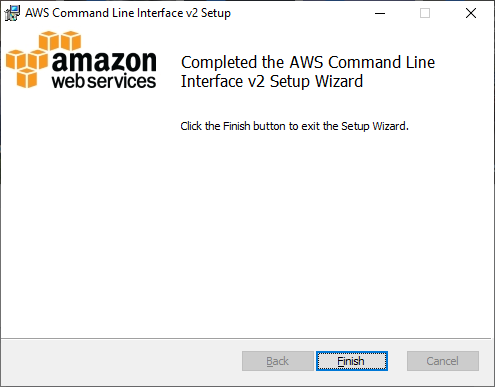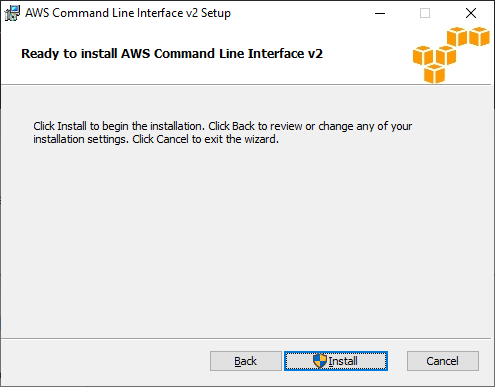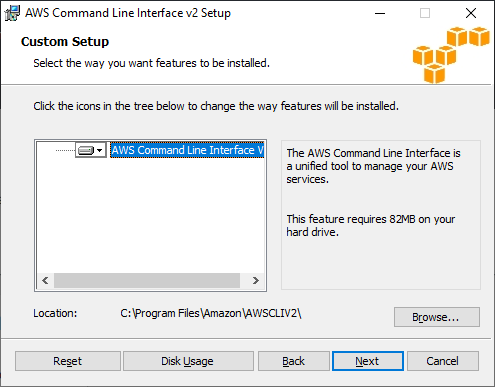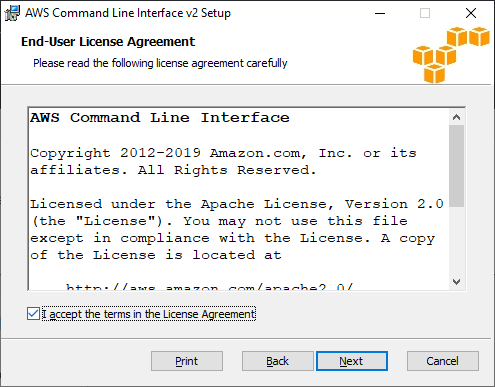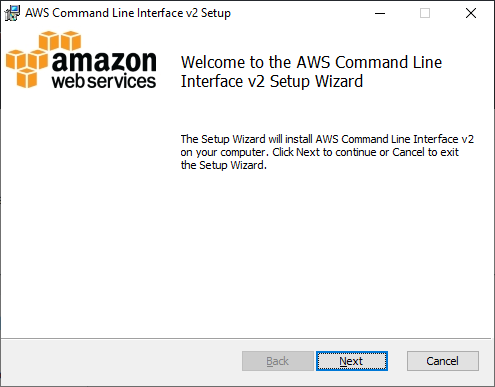The AWS Command Line Interface is a unified tool to manage your AWS services.
Install/Upgrade AWS CLI on Windows using winget
winget install Amazon.AWSCLI winget upgrade Amazon.AWSCLIAWS Command Line Interface Documentation
Installing the AWS CLI version 2 on Windows
aws --version aws-cli/2.0.17 Python/3.7.7 Windows/10 botocore/2.0.0dev21 PS C:\Users\tuyen>
Configure aws cli
aws configure [--profile profile-name]
PS C:\Users\tuyen> gci .\.aws\
Directory: C:\Users\tuyen\.aws
Mode LastWriteTime Length Name
---- ------------- ------ ----
-a---- 6/1/2020 9:03 AM 51 config
-a---- 6/1/2020 9:03 AM 119 credentials
Create new user group: Cloud9Administrator
PS C:\Users\tuyen> aws iam create-group --group-name Cloud9Administrators --profile iammgr
{
"Group": {
"Path": "/",
"GroupName": "Cloud9Administrators",
"GroupId": "AGPAQOKYZ3PZNUI54HC2G",
"Arn": "arn:aws:iam::030787886066:group/Cloud9Administrators",
"CreateDate": "2020-08-06T12:27:56+00:00"
}
}
PS C:\Users\tuyen>
Create, update tags, describe, delete key pair using Powershell
$keyName = "KPforDevAxInstances" aws ec2 create-key-pair --key-name $keyName --query 'KeyMaterial' --output text | out-file -encoding ascii -filepath .\$keyName.pem aws ec2 describe-key-pairs --key-name $keyName $keyPairId = $(aws ec2 describe-key-pairs --key-name $keyName --query 'KeyPairs[0].KeyPairId') aws ec2 create-tags --resources $keyPairId --tags Key=LabNo,Value=055 aws ec2 describe-key-pairs --key-name $keyName aws ec2 delete-key-pair --key-name $keyName
